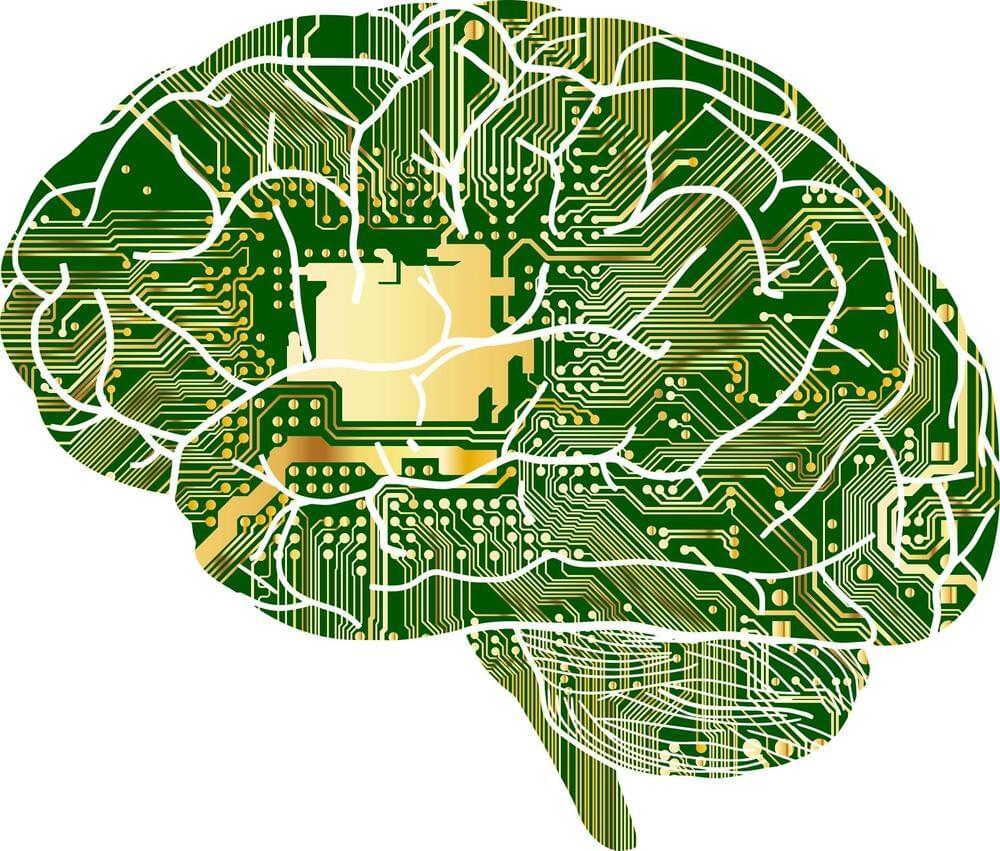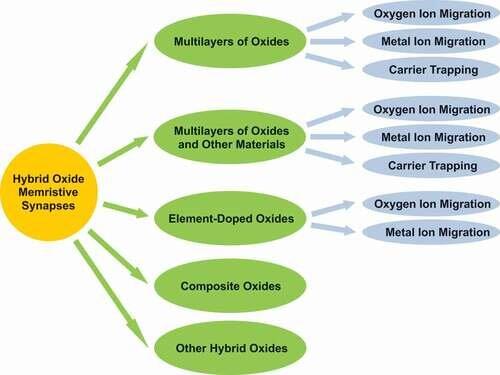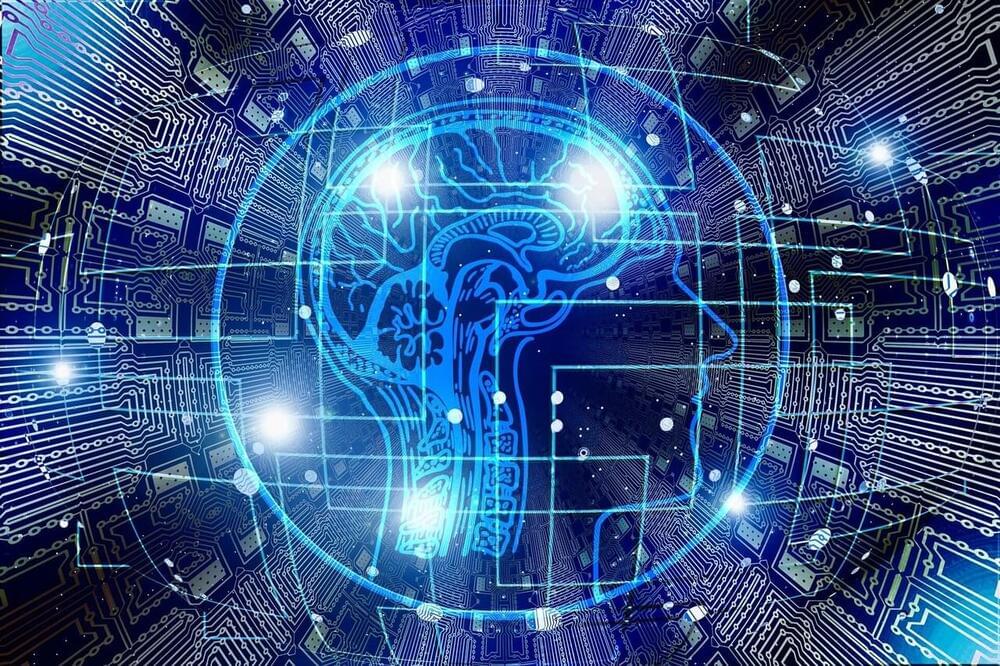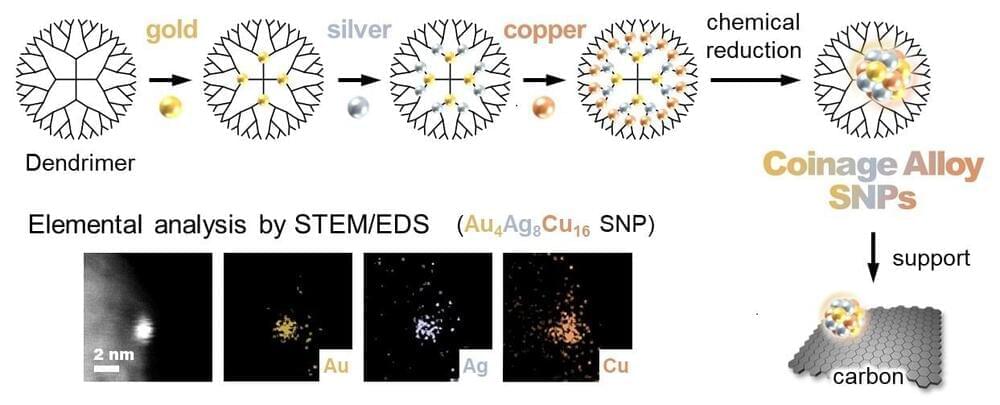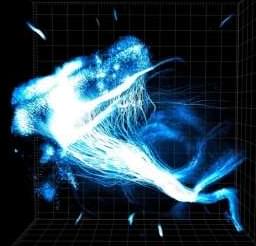Mar 12, 2022
Faster analog computer could be based on mathematics of complex systems
Posted by Dan Breeden in categories: mathematics, quantum physics, supercomputing
Researchers have proposed a novel principle for a unique kind of computer that would use analog technology in place of digital or quantum components.
The unique device would be able to carry out complex computations extremely quickly—possibly, even faster than today’s supercomputers and at vastly less cost than any existing quantum computers.
The principle uses time delay to overcome the barriers in optimization problems (choosing the best option from a large number of possibilities), such as Google searches—which aim to find the optimal results matching the search request.

